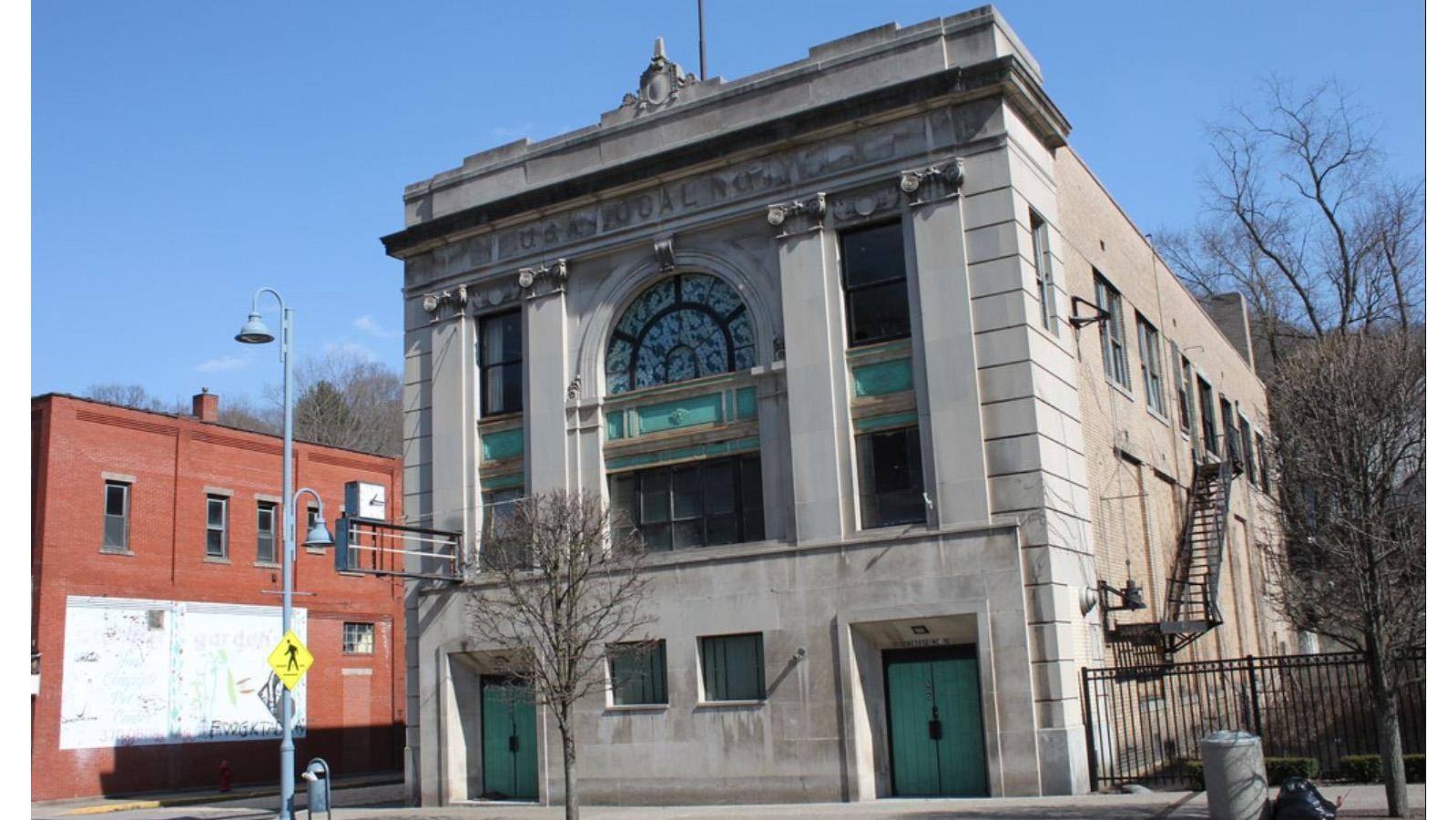Last updated: August 16, 2021
Place
United Steelworkers Local #1211 Union Hall

Photograph by Joseph A. CC BY-NC-SA 2.0
Quick Facts
Location:
501 Franklin Ave. Aliquippa, Pennsylvania
Significance:
Architecture & Social History
Designation:
Listed in the National Register – Reference number 100006368
OPEN TO PUBLIC:
No
MANAGED BY:
Listed in the National Register of Historic Places in 2021, The United Steelworkers Local #1211 Union Hall in Aliquippa, Pennsylvania is a locally outstanding example of Classical Revival architecture and is significant for its association with the activities of the United Steelworkers Local #1211, successor to the Steel Workers Organizing Committee, which pursued its members’ right to unionize to the Supreme Court in 1937. In 1943, USA Local #1211 purchased Union Hall, one the most architecturally distinguished buildings in downtown Aliquippa, which signified the union’s new legitimacy, growing might, and role in the transformation of life, work, and democracy in the town.
From this building, the union built social, economic, and political clout through the post-war peak of the steel industry. It established organizational rules and bureaucratic procedures both to serve its members and to earn the respect of company management and the public. It formed committees to arbitrate disputes with the management of Jones & Laughlin Steel and address issues of housing, public works, and unemployment in Aliquippa. It helped other worker groups in the town to organize, and it fostered alliances with other steelworkers’ locals in Pennsylvania and Ohio.
From this building, the union built social, economic, and political clout through the post-war peak of the steel industry. It established organizational rules and bureaucratic procedures both to serve its members and to earn the respect of company management and the public. It formed committees to arbitrate disputes with the management of Jones & Laughlin Steel and address issues of housing, public works, and unemployment in Aliquippa. It helped other worker groups in the town to organize, and it fostered alliances with other steelworkers’ locals in Pennsylvania and Ohio.
